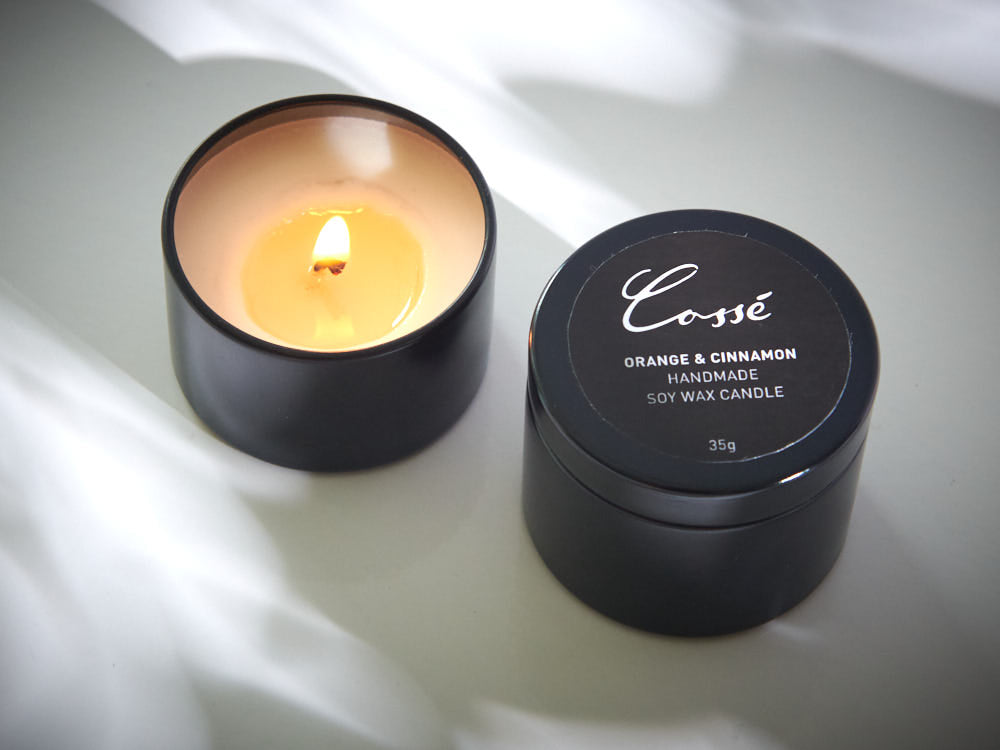Infuse Your Home with the Aroma of Crystal Soy Candles and Home Fragrance
Infuse Your Home with the Aroma of Crystal Soy Candles and Home Fragrance
Blog Article
From Wick to Wax: Recognizing the Chemistry Behind Soy Wax Candles and Their Ecological Impact
As we illuminate our spaces with the warm glow of candle lights, there lies a realm of intricate chemistry behind the apparently easy act of lighting a soy wax candle light. The choice in between soy and paraffin wax prolongs past simple appearances, delving into the world of ecological impact and the extremely make-up of the products. Comprehending the molecular structure of soy wax and its combustion process loses light on the emissions released right into our environments. Join us as we untangle the clinical intricacies behind soy wax candles and discover their implications on our atmosphere.
Soy Wax Vs. Paraffin Wax
When contrasting soy wax and paraffin wax for candle light production, it is vital to recognize the distinct characteristics and benefits of each material. Soy wax is an all-natural, eco-friendly source acquired from soybean oil, making it biodegradable and environment-friendly - crystal soy candles. On the other hand, paraffin wax is a result of petroleum refining, which raises problems concerning its ecological influence and sustainability
Soy wax candle lights burn cleaner and give off less soot compared to paraffin wax candles, making them a much healthier option for interior air top quality. In addition, soy wax has a reduced melting factor, permitting a longer-lasting candle light that spreads scent better. Paraffin wax, on the various other hand, tends to shed faster and less easily, possibly releasing hazardous chemicals right into the air.
From a sustainability viewpoint, soy wax is preferred for its biodegradability and sustainable sourcing, aligning with the expanding customer preference for environmentally conscious items. While paraffin wax has actually been a standard option in candle making as a result of its price and simplicity of use, the shift towards environment-friendly alternatives like soy wax is gaining momentum in the sector.
Chemical Composition of Soy Wax

Combustion Refine in Soy Candles
The chemical structure of soy wax directly affects the combustion process in soy candle lights, impacting aspects such as shed time, scent release, and ecological effect. When a soy candle is lit, the warmth from the fire melts the wax near the wick. This liquid wax is then prepared the wick due to capillary action. As the fluid wax reaches the fire, it vaporizes and undertakes combustion. The burning procedure involves the vaporized hydrocarbons in the wax reacting with oxygen airborne to produce warmth, light, water vapor, and carbon dioxide.
The burning performance of soy candle lights is influenced by the purity of the soy wax and the high quality of the wick. A clean-burning soy candle with an effectively sized wick will minimize and produce a steady flame residue development. This not just prolongs the melt time of the candle but additionally enhances the launch of scents. Additionally, soy wax candles have a reduced ecological effect contrasted to paraffin candle lights because of their biodegradable and sustainable nature.

Environmental Advantages of Soy Wax

Taken into consideration a sustainable choice to conventional paraffin wax, soy wax supplies noteworthy ecological benefits that make it a preferred choice amongst eco-conscious customers. Soy wax burns cleaner and generates less residue than paraffin wax, adding to better indoor air top quality and minimizing the requirement for cleansing and upkeep. Overall, the environmental advantages of soy wax straighten with the growing need for lasting and eco-friendly items in the market.
Recycling and Disposal Factors To Consider
Recycling and proper disposal of soy wax candles play a vital duty in preserving environmental sustainability and decreasing waste in communities and families. When it comes to recycling soy wax candles, the very first step is to guarantee that the candle light has burned totally.

In regards to disposal, if recycling is check out here not an option, soy wax candles are naturally degradable and can be safely disposed of in a lot of family waste systems. It is constantly suggested to examine with neighborhood reusing centers or waste monitoring services for details guidelines on candle light disposal to guarantee proper handling and ecological protection.
Final Thought
In conclusion, the chemistry behind soy wax candles reveals their ecological advantages over paraffin wax candle lights. Soy wax, acquired from soybean oil, burns cleaner my site and generates less residue when compared to paraffin wax.
When contrasting soy wax and paraffin wax for candle light making, it is essential to understand the distinctive attributes and advantages of each product (candles).Soy wax candles click over here burn cleaner and release less residue contrasted to paraffin wax candles, making them a healthier option for indoor air high quality.Taken into consideration a sustainable option to standard paraffin wax, soy wax offers notable ecological benefits that make it a preferred option amongst eco-conscious consumers. Soy wax burns cleaner and produces much less residue than paraffin wax, adding to better interior air top quality and lowering the requirement for cleaning and maintenance.In verdict, the chemistry behind soy wax candle lights reveals their ecological advantages over paraffin wax candles
Report this page